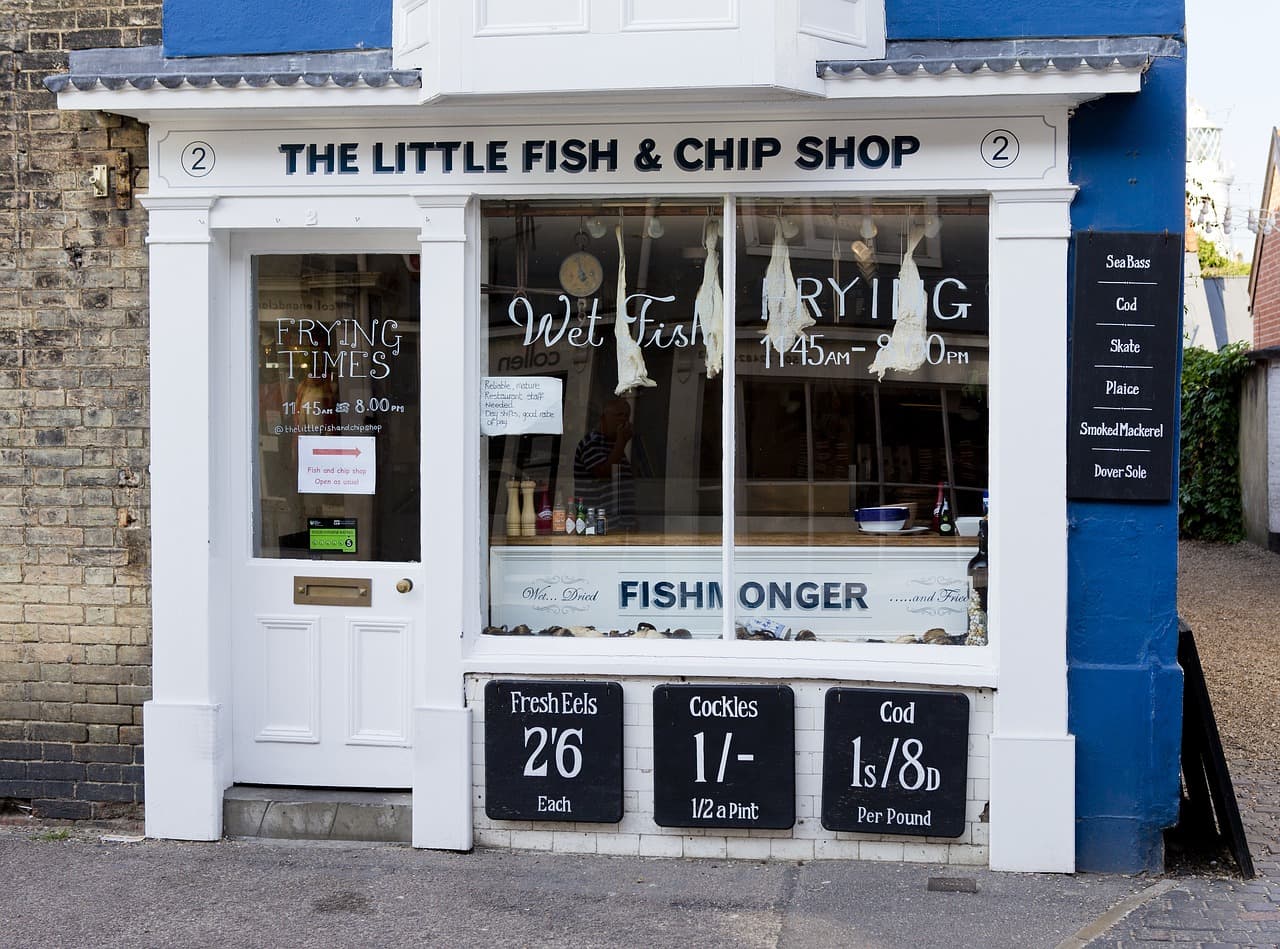
This year marks the 50th anniversary of the decimalisation of British currency. On the 15th February 1971, also known as Decimal Day, the country switched to the decimal currency that we are used to today (multiples of 10 and 100). But why did this change occur?
Before this date, Britain used a monetary system that dated all the way back to the Roman Empire. The problem with this system however, is that the old Pounds, Shillings and Pence were based on multiples of 12 and 240. This, as you can imagine, made it very complicated and often confusing to the everyday person; 12 pennies in a shilling and 240 pennies in a pound! Now we’re looking at four things you want to know about Decimalisation…
The coins before Decimalisation. The Pound, Shilling and Pence system included many coins with very different names to what we are used to today. A lot of these coins were even given slang names to make things easier, such as ‘thrupny’ for a threepence or ‘tanner’ for a sixpence. A Shilling was also sometimes referred to as a ‘bob’. The coins dating back before Decimal Day were as follows; Halfpenny, Penny, Threepence, Sixpence, Shilling, Florin, Half Crown and Crown.
The first country to go decimal was not Britain. In fact, as early as 1704 Russia introduced the Ruble, which was equal to 100 Kopecks, making it the very first country to have a decimal coin. France later followed in 1795 with the Franc. Britain just so happened to be one of the last countries to turn decimal, despite discussions first starting as early as the 1820s, and didn’t make the change until 150 years after.
Banks closed for four days before Decimal Day. This is because, in 1971 very few banks used digital systems, and so the closure on 10th February allowed all outstanding cheques to be cleared in the old monies, and all accounts to be converted into decimal coinage. This all had to be done manually, which as you can imagine, was a very long process!
The first decimal coins were actually issued in 1968, three years before Decimal Day. In 1968, the plans for decimalisation were finalised and set in motion, with the 5p and 10p being issued early to allow people to get used to the new decimal coins. The 50p was then issued a year later in 1969. The new coinage circulated alongside the pre-decimal coinage already available, and could be used interchangeably during those three years. This early release made the change in 1971 a little easier, as only three further new coins would be introduced.
You can commemorate the 50th anniversary of Pre-Decimal coinage now with the 2020 Pre-decimal 50th Anniversary Gold Sovereign Range. But you’ll need to be quick to secure yours, our Sell-Out Guarantee for this range will be reached on the 28th February. Or, why not secure a piece of history with the Britain’s Last Pre-decimal Final Year-Date Heritage Set.


